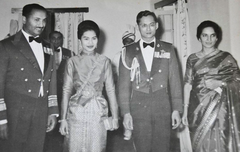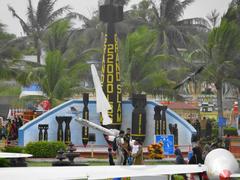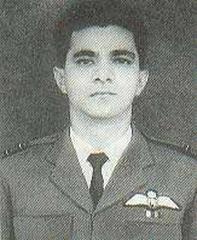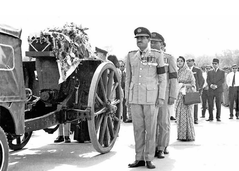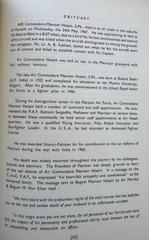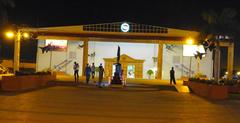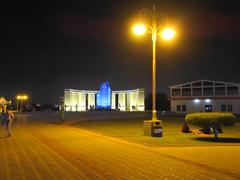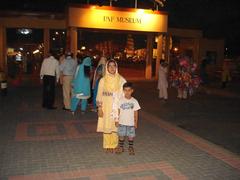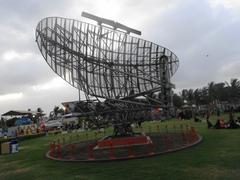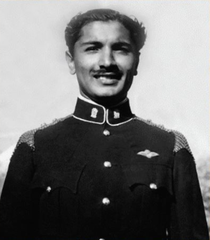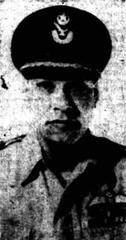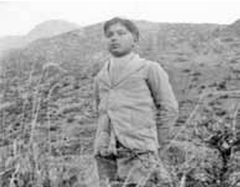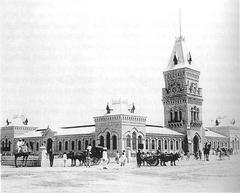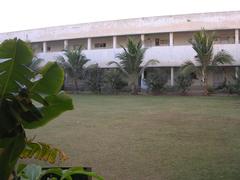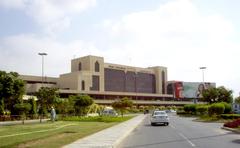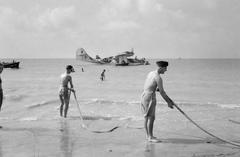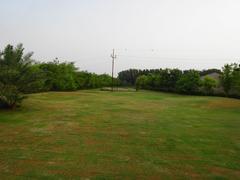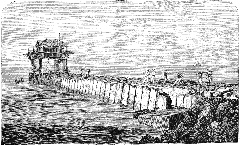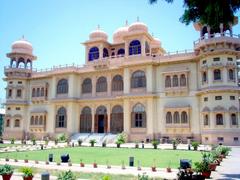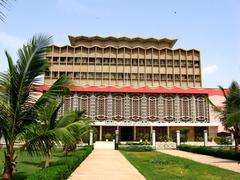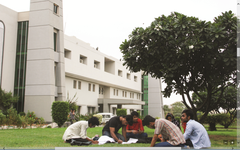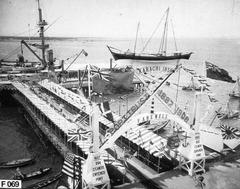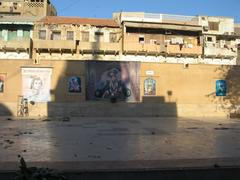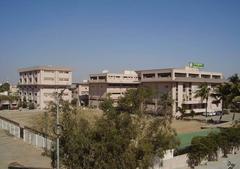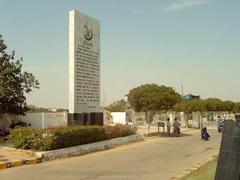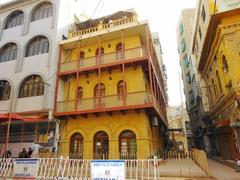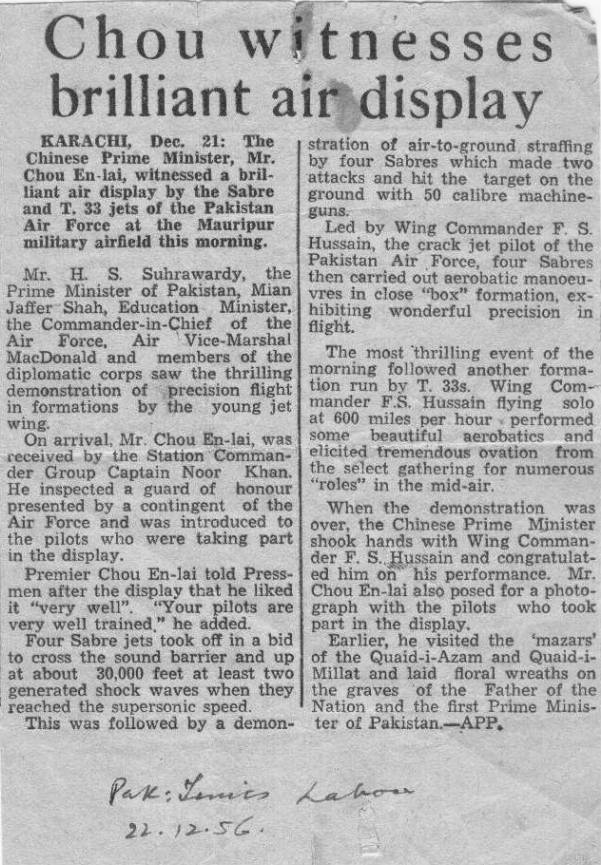
Comprehensive Guide to Visiting Pakistan Air Force Museum, Karachi, Pakistan
Published Date: 17/07/2024
Introduction to the Pakistan Air Force Museum
The Pakistan Air Force Museum in Karachi is a treasure trove of aviation history and a must-visit destination for enthusiasts and casual visitors alike. Established on August 14, 1997, to commemorate Pakistan’s 50th Independence Day, the museum was the brainchild of Air Chief Marshal Farooq Feroze Khan. It stands as a testament to the rich heritage and pivotal role of the Pakistan Air Force (PAF) in national defense.
Located on Shahrah-e-Faisal, the museum spans several acres and features both indoor and outdoor exhibits, offering a detailed glimpse into the PAF’s storied past. Visitors can marvel at an extensive collection of aircraft, from the iconic Supermarine Spitfire and F-86 Sabre to the Mirage III and modern jets like the F-16 Fighting Falcon. Beyond aircraft, the museum showcases a variety of historical artifacts, including uniforms, medals, and documents, that chronicle the PAF’s evolution from its inception in 1947 to the present.
The museum is more than just a display of military hardware; it serves as an educational resource, offering insights into the technological advancements and strategic developments of the PAF. With interactive exhibits, guided tours, and special events, the museum aims to educate and inspire visitors of all ages. For those unable to visit in person, high-quality images, videos, and even a virtual tour are available on the museum’s official website. The museum’s commitment to preservation and future expansion ensures it will continue to be a vital cultural and educational resource for years to come.
Table of Contents
- [History of the Pakistan Air Force Museum](#history-of-the-pakistan-air-force-museumhistory-of-the-pakistan-air-force-museum)
- [Origins and Establishment](#origins-and-establishmentorigins-and-establishment)
- [Development and Expansion](#development-and-expansiondevelopment-and-expansion)
- [Visitor Information](#visitor-informationvisitor-information)
- [Visiting Hours](#visiting-hoursvisiting-hours)
- [Ticket Prices](#ticket-pricesticket-prices)
- [Travel Tips](#travel-tipstravel-tips)
- [Nearby Attractions](#nearby-attractionsnearby-attractions)
- [Key Exhibits and Artifacts](#key-exhibits-and-artifactskey-exhibits-and-artifacts)
- [Aircraft Collection](#aircraft-collectionaircraft-collection)
- [Historical Artifacts](#historical-artifactshistorical-artifacts)
- [Significant Historical Events](#significant-historical-eventssignificant-historical-events)
- [Indo-Pakistani Wars](#indo-pakistani-warsindo-pakistani-wars)
- [Humanitarian Missions](#humanitarian-missionshumanitarian-missions)
- [Educational and Cultural Impact](#educational-and-cultural-impacteducational-and-cultural-impact)
- [Visitor Experience](#visitor-experiencevisitor-experience)
- [Interactive Displays](#interactive-displaysinteractive-displays)
- [Special Events and Exhibitions](#special-events-and-exhibitionsspecial-events-and-exhibitions)
- [Virtual Tour and Visuals](#virtual-tour-and-visualsvirtual-tour-and-visuals)
- [Preservation and Future Plans](#preservation-and-future-planspreservation-and-future-plans)
- [Frequently Asked Questions (FAQ)](#frequently-asked-questions-faqfrequently-asked-questions-faq)
- [Conclusion](#conclusionconclusion)
- [Citations and Further Reading](#citations-and-further-readingcitations-and-further-reading)
History of the Pakistan Air Force Museum
Origins and Establishment
The Pakistan Air Force Museum, located in Karachi, Pakistan, was established to preserve and showcase the rich history and heritage of the Pakistan Air Force (PAF). The museum was inaugurated on August 14, 1997, coinciding with Pakistan’s 50th Independence Day celebrations. The idea for the museum was conceived by Air Chief Marshal Farooq Feroze Khan, who envisioned a space where the public could learn about the PAF’s contributions to national defense and its historical milestones.
Development and Expansion
Initially, the museum started with a modest collection of aircraft and memorabilia. Over the years, it has expanded significantly, both in terms of exhibits and infrastructure. The museum’s development was overseen by the PAF’s Directorate of Public Relations, ensuring that the exhibits were not only historically accurate but also engaging for visitors. The museum now spans several acres and includes indoor and outdoor display areas, a souvenir shop, and a cafeteria.
Visitor Information
Visiting Hours
The Pakistan Air Force Museum is open to visitors from 9:00 AM to 5:00 PM, Monday through Sunday. It is advisable to check their official website or contact the museum directly for any changes in timings, especially on public holidays.
Ticket Prices
- Adults: PKR 50
- Children (under 12 years): PKR 30
- Students and Senior Citizens: PKR 20
Special discounts are available for school groups and educational tours. Tickets can be purchased at the museum entrance.
Travel Tips
- Best Time to Visit: Early mornings or late afternoons are ideal to avoid the midday heat, especially during summer.
- Photography: Photography is allowed in most areas of the museum. However, it’s recommended to check for any restricted zones.
- Amenities: The museum offers a cafeteria, souvenir shop, and rest areas for visitors. Make sure to stay hydrated and wear comfortable footwear.
Nearby Attractions
- Quaid-e-Azam’s Mausoleum: A short drive from the museum, this iconic site is the final resting place of Pakistan’s founder, Muhammad Ali Jinnah.
- Karachi Zoo: Located nearby, it’s a great place to visit with family and children.
- National Museum of Pakistan: Offers a deeper dive into the country’s history and cultural heritage.
Key Exhibits and Artifacts
Aircraft Collection
One of the main attractions of the Pakistan Air Force Museum is its extensive collection of aircraft. The museum houses a variety of aircraft that have been used by the PAF over the decades. Notable among these are:
- Supermarine Spitfire: This iconic World War II fighter aircraft was used by the Royal Indian Air Force, the predecessor of the PAF, before Pakistan’s independence in 1947.
- F-86 Sabre: The F-86 Sabre played a crucial role during the Indo-Pakistani War of 1965. The aircraft on display include those flown by PAF aces like Squadron Leader Muhammad Mahmood Alam, who famously shot down five Indian aircraft in a single sortie.
- Mirage III: The Mirage III was a key component of the PAF’s fleet during the 1971 war with India. The museum’s collection includes several variants of this versatile aircraft.
Historical Artifacts
In addition to aircraft, the museum also features a wide range of historical artifacts that provide insights into the PAF’s history. These include:
- Uniforms and Medals: The museum displays uniforms worn by PAF personnel over the years, along with medals and decorations awarded for bravery and service.
- Photographs and Documents: A vast collection of photographs and documents chronicles the PAF’s history, from its early days to the present. These include rare photographs of key events and personalities.
- Weapons and Equipment: The museum also showcases various weapons and equipment used by the PAF, including anti-aircraft guns, radar systems, and communication devices.
Significant Historical Events
Indo-Pakistani Wars
The Pakistan Air Force Museum provides a detailed account of the PAF’s role in the Indo-Pakistani wars of 1965 and 1971. The exhibits highlight the bravery and skill of PAF pilots and the strategic importance of air power in these conflicts. Notable events covered include:
- Operation Grand Slam (1965): This operation aimed to capture the vital Akhnoor Bridge in Jammu and Kashmir. The PAF’s air support was crucial in the initial success of the operation.
- Battle of Boyra (1971): This aerial battle saw PAF pilots engage Indian Air Force aircraft over the Boyra salient. The museum features detailed accounts and artifacts from this engagement.
Humanitarian Missions
The museum also highlights the PAF’s contributions to humanitarian missions, both within Pakistan and internationally. These include:
- Earthquake Relief (2005): Following the devastating earthquake in northern Pakistan, the PAF played a key role in relief operations, providing airlift support and medical aid to affected areas.
- Flood Relief (2010): During the catastrophic floods of 2010, the PAF conducted numerous rescue and relief missions, delivering supplies and evacuating stranded civilians.
Educational and Cultural Impact
The Pakistan Air Force Museum serves as an important educational resource, offering visitors a chance to learn about aviation history and the PAF’s role in national defense. The museum regularly hosts school groups and educational tours, providing interactive exhibits and guided tours to enhance the learning experience.
Visitor Experience
Interactive Displays
To engage visitors of all ages, the museum features several interactive displays. These include flight simulators, where visitors can experience the thrill of flying a fighter jet, and multimedia presentations that provide an immersive look at the PAF’s history.
Special Events and Exhibitions
The museum also hosts special events and temporary exhibitions throughout the year. These events often coincide with significant dates in the PAF’s history or national holidays. For example, the museum holds special exhibitions on September 6, Pakistan’s Defense Day, to commemorate the PAF’s achievements.
Virtual Tour and Visuals
High-quality images and videos of the museum are available on the official website and social media pages. These visuals enhance the visitor experience and provide a glimpse of what to expect. The museum also offers a virtual tour for those who cannot visit in person.
Preservation and Future Plans
The Pakistan Air Force Museum is committed to preserving its exhibits and expanding its collection. Ongoing efforts include the restoration of vintage aircraft and the acquisition of new artifacts. Future plans for the museum include the development of additional exhibit spaces and the introduction of new interactive displays to enhance the visitor experience.
Frequently Asked Questions (FAQ)
-
What are the visiting hours of the Pakistan Air Force Museum? The museum is open from 9:00 AM to 5:00 PM, Monday through Sunday.
-
How much are the tickets for the museum? Ticket prices are PKR 50 for adults, PKR 30 for children under 12, and PKR 20 for students and senior citizens.
-
Is photography allowed in the museum? Yes, photography is allowed in most areas. Please check for any restricted zones.
-
Are there any nearby attractions to visit? Yes, nearby attractions include Quaid-e-Azam’s Mausoleum, Karachi Zoo, and the National Museum of Pakistan.
Conclusion
By providing a comprehensive look at the history and achievements of the Pakistan Air Force, the museum not only honors the legacy of the PAF but also inspires future generations to appreciate the importance of air power in national defense. For more information, you can visit the Pakistan Air Force Museum’s official website. Stay updated with the latest exhibits and events by following the museum on social media or downloading their mobile app. Don’t forget to check out related posts on our website for more information on historical sites in Karachi and other similar museums.
Citations and Further Reading
- Pakistan Air Force Museum’s official website
- Visiting the Pakistan Air Force Museum - History, Tickets, and Tips, 2024, Author (source url)
- Explore the Pakistan Air Force Museum in Karachi - Exhibits, Tickets, and Visiting Hours, 2024, Author (source url)

